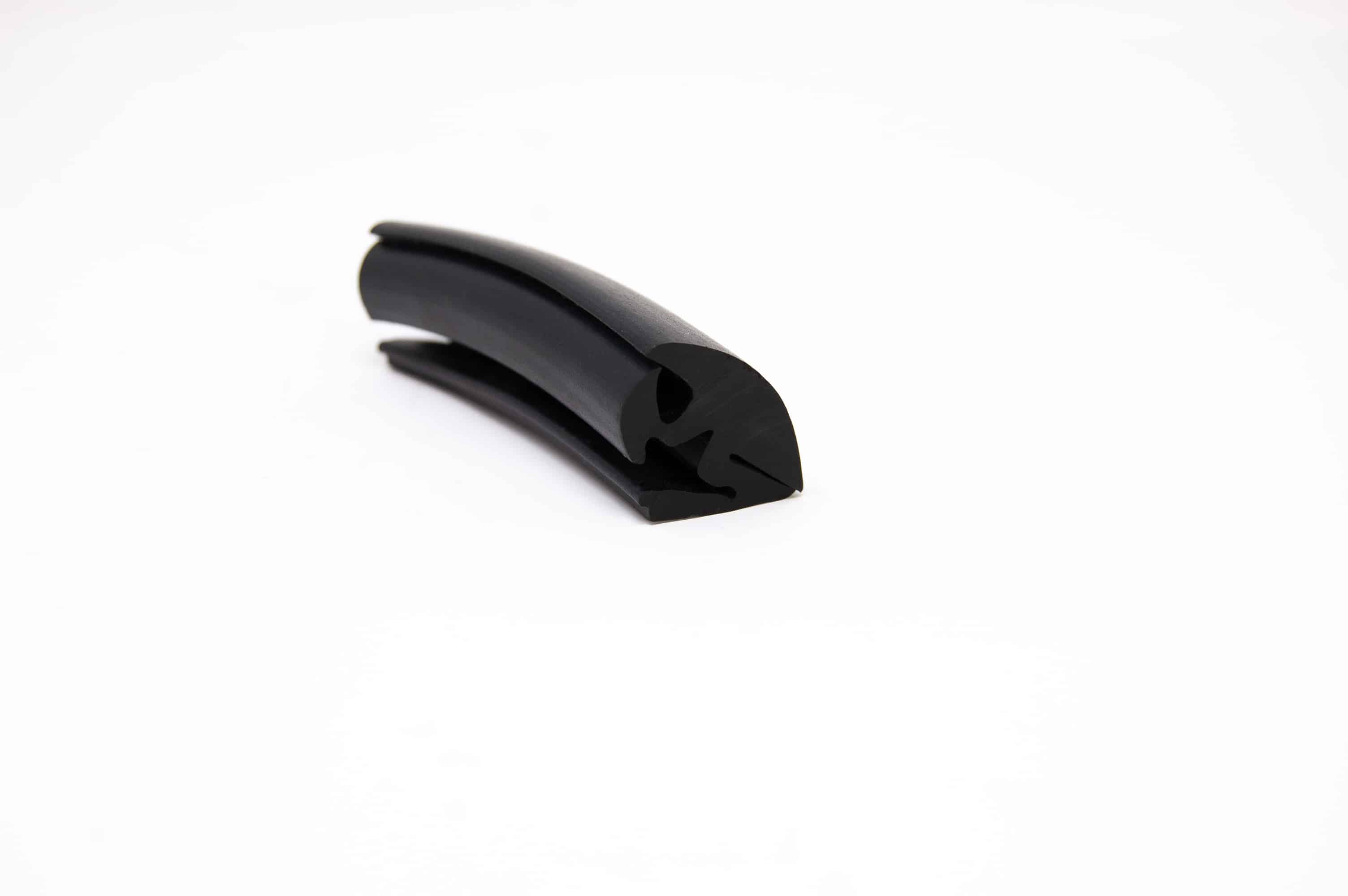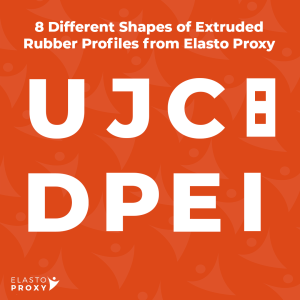Flame Retardant Rubber Products
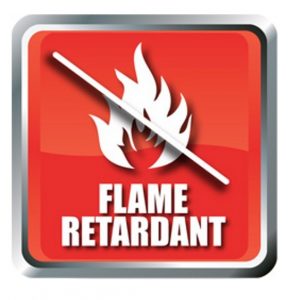 Flame retardant rubber helps to protect people and property from the devastating effects of fire. By stopping or slowing the spread of flame, these elastomers reduce the rate and intensity of burning. They can also limit the release of smoke and toxins while increasing the amount of time that people have to escape from life-threatening situations. Applications for these specialized compounds include electronic enclosures and the interiors of buses, trains, and subways.
Flame retardant rubber helps to protect people and property from the devastating effects of fire. By stopping or slowing the spread of flame, these elastomers reduce the rate and intensity of burning. They can also limit the release of smoke and toxins while increasing the amount of time that people have to escape from life-threatening situations. Applications for these specialized compounds include electronic enclosures and the interiors of buses, trains, and subways.
For engineers, it’s important to understand that all flame retardant rubber is not the same. There are different classes of flame retardants, chemicals that are added or applied during compounding. There are also different flammability standards by industry and within the same industry. For example, the mass transit industry has so many different flame, smoke, and toxicity (FST) standards that simply asking for an “FST compound” or “flame retardant rubber” risks getting you the wrong material. (more…)

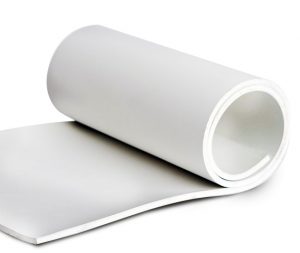 FDA gasket materials are used in food contact applications such as commercial kitchens. They meet strict standards from the U.S. Food and Drug Administration (FDA), a regulatory agency that’s responsible for protecting the public health by ensuring the safety and quality of many food products. The FDA’s jurisdiction is limited to the United States, but FDA standards are followed worldwide.
FDA gasket materials are used in food contact applications such as commercial kitchens. They meet strict standards from the U.S. Food and Drug Administration (FDA), a regulatory agency that’s responsible for protecting the public health by ensuring the safety and quality of many food products. The FDA’s jurisdiction is limited to the United States, but FDA standards are followed worldwide.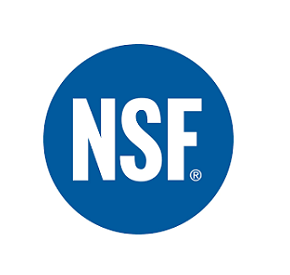 NSF gasket materials are used in commercial food service equipment, water treatment or distribution systems, and other applications that can affect human health and safety. Rubber compounds that are registered with NSF International (formerly the National Sanitary Foundation) must pass rigorous tests to ensure that potentially harmful substances won’t migrate from the gasket material when in contact with food or drinking water.
NSF gasket materials are used in commercial food service equipment, water treatment or distribution systems, and other applications that can affect human health and safety. Rubber compounds that are registered with NSF International (formerly the National Sanitary Foundation) must pass rigorous tests to ensure that potentially harmful substances won’t migrate from the gasket material when in contact with food or drinking water.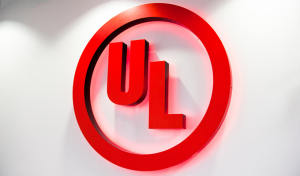 UL gasket materials can provide flame resistance, ingress protection, or other specialized properties. For engineers, it’s important to understand what the different standards from Underwriters Laboratories (UL) mean. It’s also worth knowing if UL gasket materials are truly required in your component-level designs. Otherwise, you may “over-engineer” your gaskets and pay too much for materials.
UL gasket materials can provide flame resistance, ingress protection, or other specialized properties. For engineers, it’s important to understand what the different standards from Underwriters Laboratories (UL) mean. It’s also worth knowing if UL gasket materials are truly required in your component-level designs. Otherwise, you may “over-engineer” your gaskets and pay too much for materials.